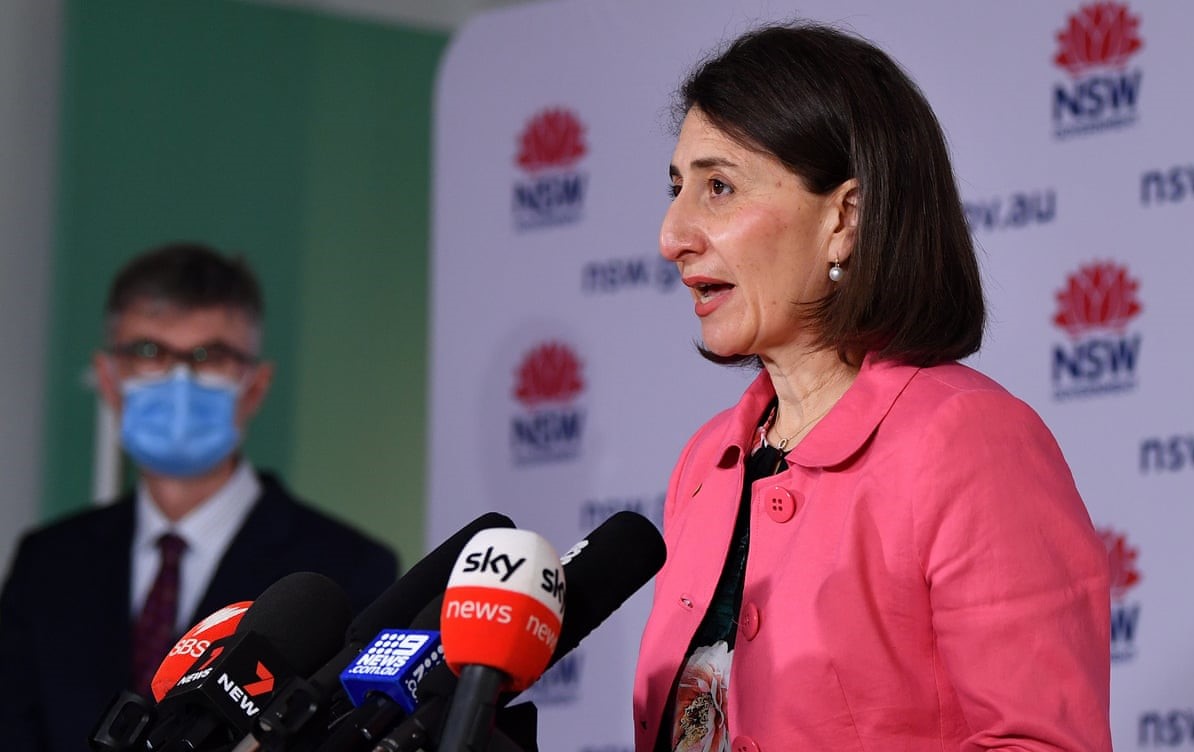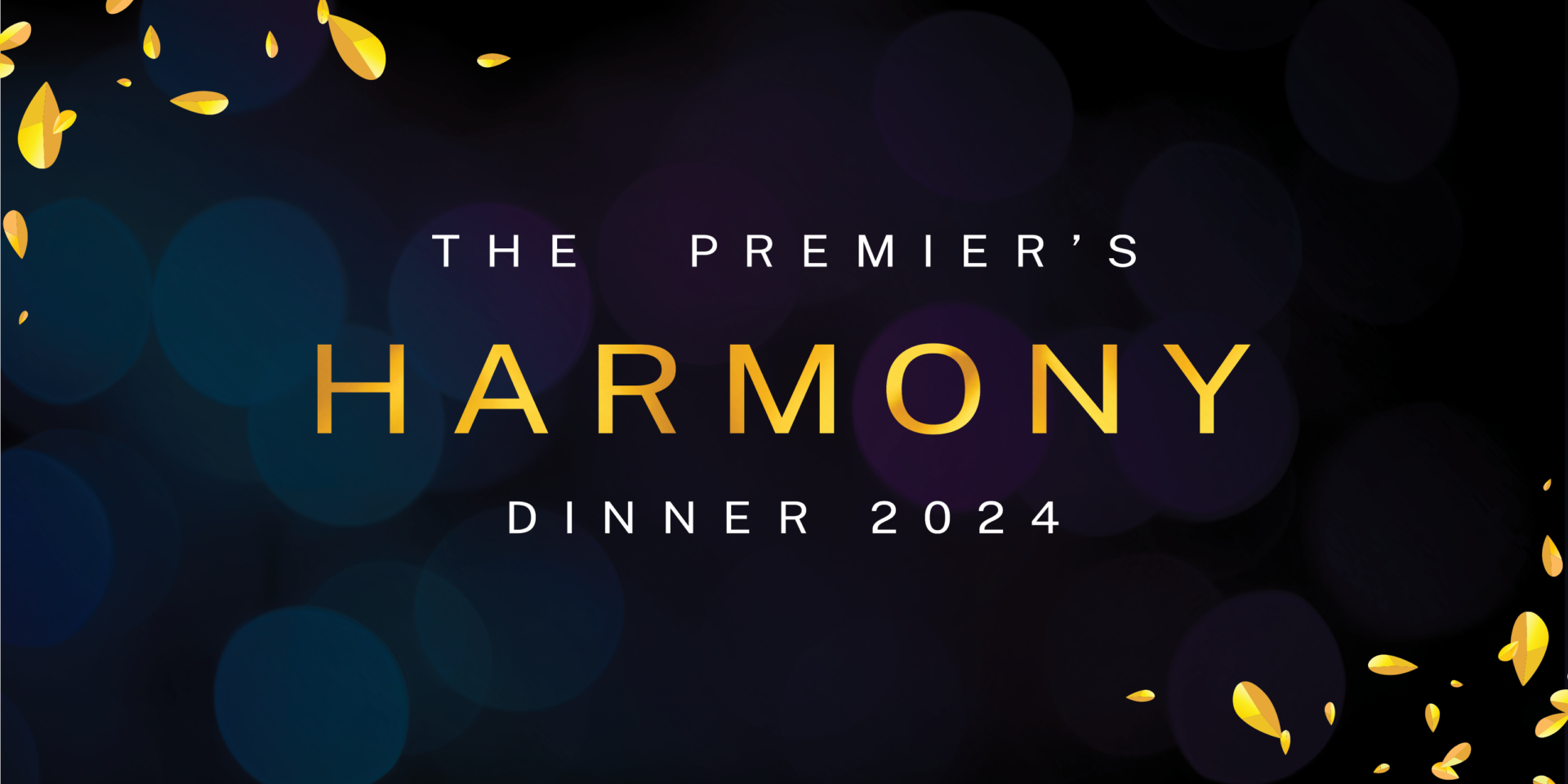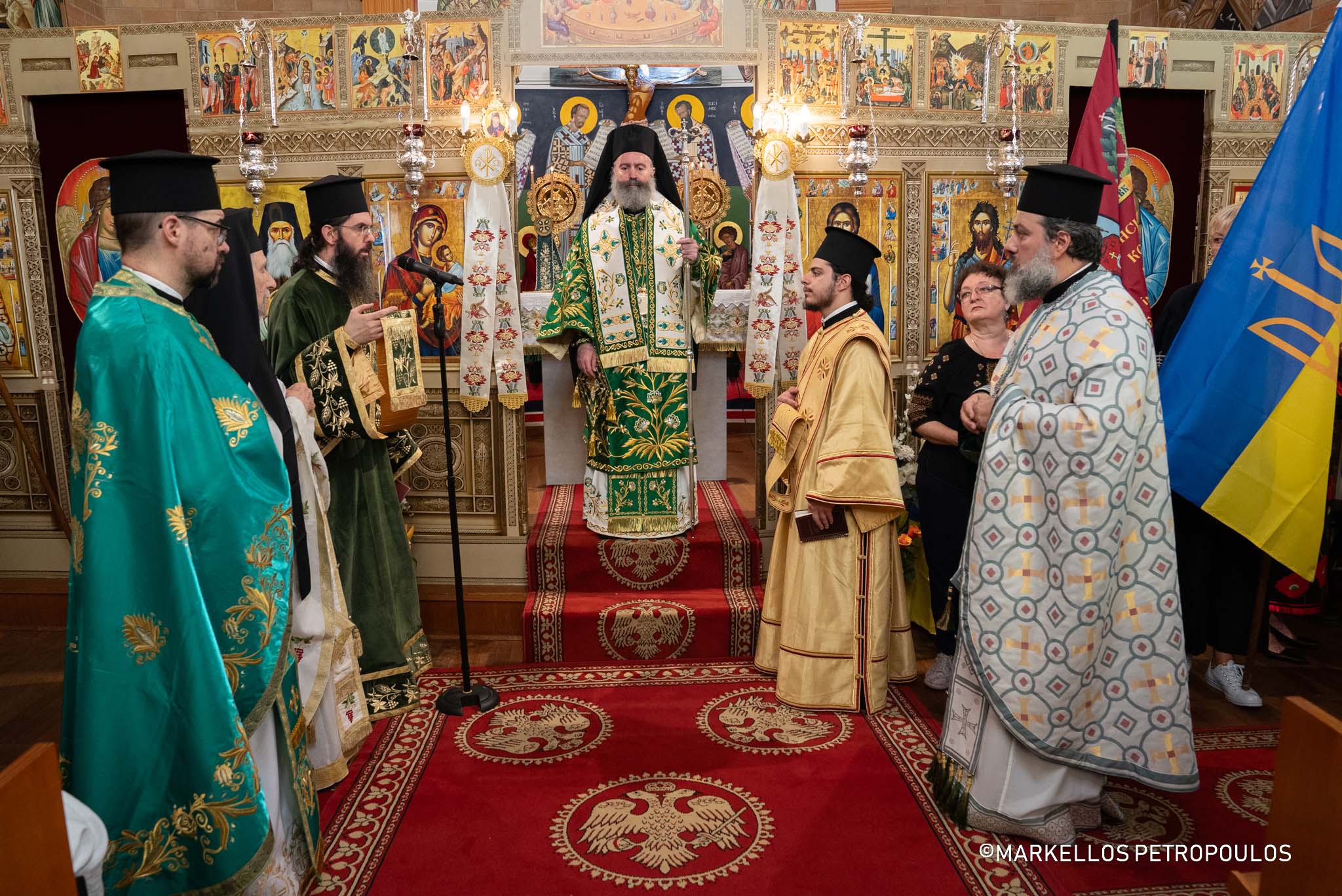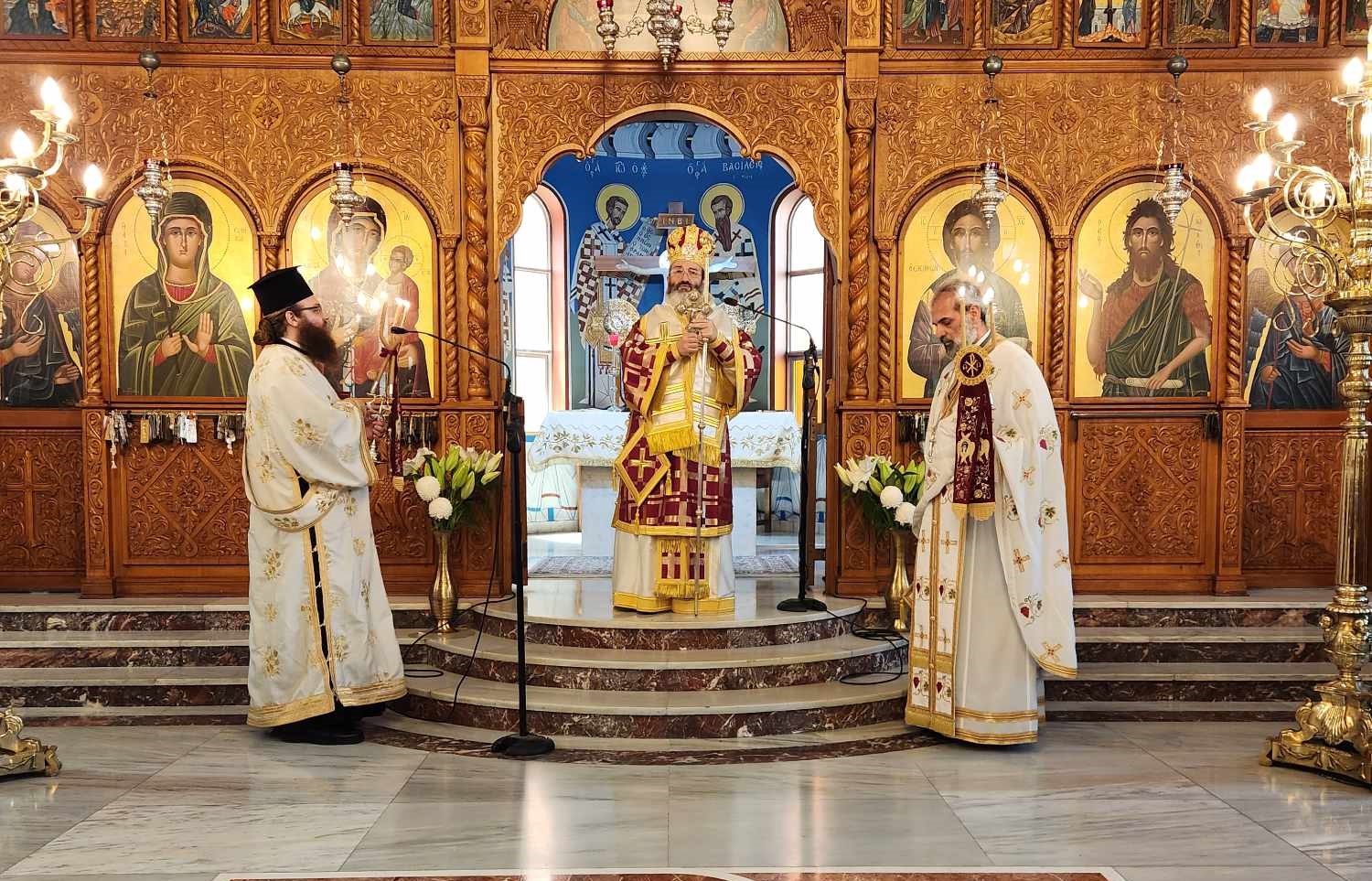NSW to relax hotspot restrictions as state reports 1,083 new COVID-19 cases

New South Wales has reported 1,083 new locally acquired coronavirus cases and 13 additional deaths on Sunday, as the premier announced a further easing of restrictions for Sydney’s hotspot local government areas.
The deaths included one person in their 40s, two people in their 50s, two people in their 60s, five people in their 70s, and three people in their 80s.
Across the state, 81.9 per cent of people over the age of 16 have had one dose of a vaccine, and 51.9 per cent are fully vaccinated.
“As a result of these positive signs, the New South Wales government is pleased to announce that from next Monday (27 September) all public pools will be open in a COVID-safe way,” NSW Premier Gladys Berejiklian said.
“Also pleasingly, in the areas of concern all the rules will be the same for the rest of Sydney, from tomorrow.
“Very pleasingly, all areas of concern will be equalised. So relating to exercise, recreation or outdoor gatherings, everything will be the same across greater Sydney, except for the list of authorised workers and the associated permits.”
Case trends reassuring but peak has not yet passed
NSW Health’s Dr Jeremy McAnulty said while he was pleased to see the number of new infections fall on Sunday, that did not necessarily mean the peak had passed.
“We don’t want to jump the gun, we do like to see several days before we can call it a trend, but certainly cases overall have been going up, they have stabilised and appear to be dropping in some areas,” he said.
“We need to keep our guard up, and we have got a way to go before we can be reassured that numbers are on the way down.”
The premier said high vaccine uptake was behind the decision to further ease restrictions in the LGAs of concern, citing the fact that 81.9 per cent of adults have had their first dose.
“I couldn’t be happier with that rate. We would like to get that as close to 90 per cent as possible,” NSW Premier Gladys Berejiklian said.
“There’s not long to go really – we’re talking weeks – until we get to that 70 per cent double dose.”
The premier said 17 per cent of the state’s 12 to 15-year-olds have also had their first dose.
Premier says high vaccination rates, case numbers support lifting restrictions
The government’s decision to enforce equal restrictions across Sydney follows weeks of large swathes of western and south-western Sydney living under tighter restrictions, including a nightly curfew.
Those 12 LGAs of concern had higher case numbers, but also now have some of the highest vaccination rates in the state.
“The opportunity for us to ease the restrictions in the areas of concern, or equalise them in line with the rest of Sydney, is due in large part to the high rates of vaccination,” Ms Berejiklian said on Sunday.
“We have seen some of those communities go from rates of around 19 or 20 per cent up to nearly 90 per cent, and that is extremely encouraging.”
If the state’s vaccine rollout continues at its current rate, 70 per cent of people over the age of 16 should be fully vaccinated around 10 October.
That is when restrictions across the state are due to be eased again, with hospitality and retail reopening and residents allowed up to five guests in their homes.
“What we want is to have a reasonable reduction in case numbers by the time we open up, so that we can all move together freely, that everyone can enjoy the benefits of regional NSW or the benefits of Sydney, without fear, in a safe way,” Ms Berejiklian said.
“But if there are still pockets of high cases, fully vaccinated adults will be able to have a meal at a restaurant or cafe, but it might have to be in the local community.”
Premier warns the health system could be ‘overwhelmed’ upon state reopening
Looking ahead to the state’s planned reopening next month, the premier warned she had received advice from health officials that the hospital system could be “technically overwhelmed” for “several weeks” due to an expected uptick in case numbers.
Ms Berejiklian said the state’s intensive care capacity has been slowly ramped up over the past 18 months to account for the expected surge.
“Ordinarily, our hospital ICU capacity would have been around 530 beds, and we now have a surge capacity of 1550, including staff beds,” she said.
“We certainly don’t want it to get anywhere near that 1550 number, but I do want to stress that when we get to those weeks in October, we are going to see things we have never seen before in our hospital system.
“We will see images, practices, things done differently, because our system will never have to cope with the likes of that again, we hope, and that’s why we have to be really careful when we start opening up, because we don’t want to see the system overwhelmed.”
Source: sbs.com.au




